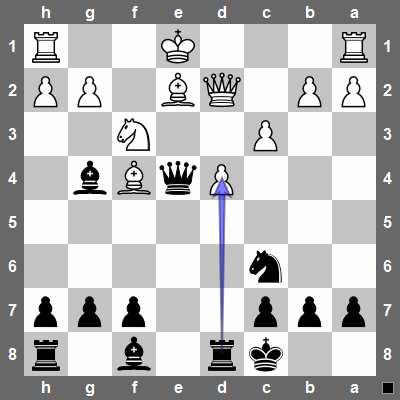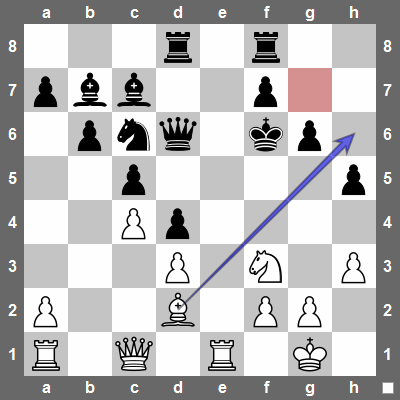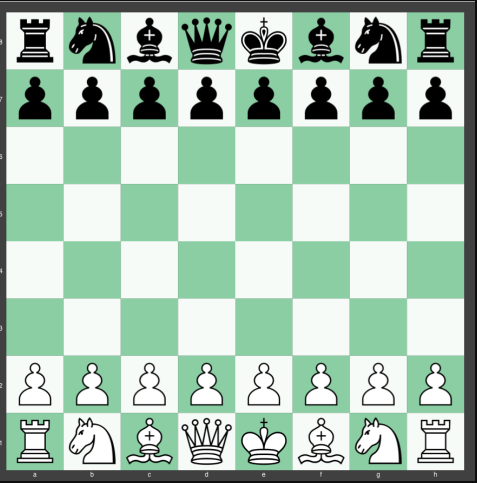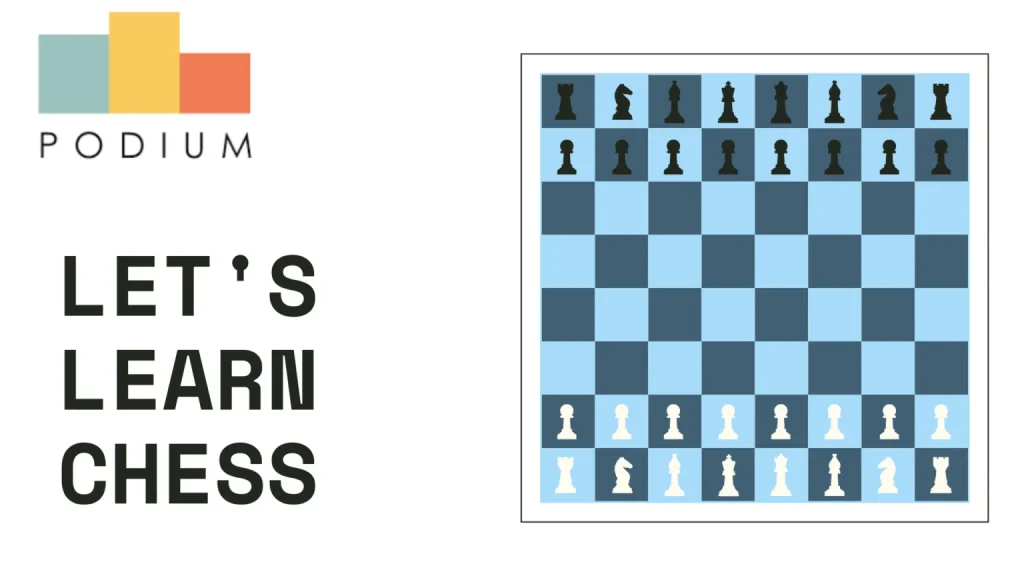By now, you must have learnt a lot of moves and ways to get better at chess. The stakes are high and you must protect your king at all costs. Your whole game is based on that. You must not let your king be in check or else it is game over. So in this post, we shall discuss strategies and tactics you can actively use to protect your monarch. It is crucial to know how to protect your most vulnerable piece.
Keeping the king safe is one of the five objectives in a game of chess. But if your king is in check, you cannot possibly pursue the other objectives. The four objectives that hinge on protecting the king are –
- Developing other pieces
- Center-control
- Pawn-structure
- Material/value of pieces in their positions
Before we start with the strategies, it is good to know what it means when your king is exposed. When your king is exposed, it means it is in a vulnerable position. Your opponent has a way to get near the king to threaten its safety or put it in check. Ultimately, your objective is to stop this from happening.
Using Checks to Protect Your King
Now, you know that your ultimate objective in the game is to put your king in check. But doing this can be a foolish move at times. You can use checks as ‘tempo moves’. What it means is that you put your opponent in check not to win the game but to force them back. This way you don’t have to focus on trapping them. You can build up the intensity so that your end game is strong. You also end up protecting your king better.
Another way to use checks is to attack your opponent’s king and other pieces simultaneously. When you threaten other pieces, the opponent can end up becoming tense. We call this a double-attack. When a king is in check, the other pieces become momentarily useless. The immediate objective is to protect the king or eliminate the piece that is threatening.
Remember that not every check is dangerous. We call such moves as spite-checks. The opponent may use them to move their king into a safe position. It is good to avoid making spite checks because the opponent will take advantage. You will be giving your opponent a free move if your check is not useful.
Avoid premature moves
Most chess players tend to start attacking an opponent without taking precautionary moves to protect their king. There are certain moves that can help protect your king. Castling early, for example, protects your king and also offers a foundation to attack freely.
Casting early also helps you develop the rook. Do not make any moves that leave your king exposed. Castle early and start developing other pieces.
Get your king out of the centre
There are many reasons why the king is not safe in the centre. One main reason is that the centre is where there is a lot of open space. This can open up moves for the opponent. Here is an example to help you understand how an open centre leaves you vulnerable:

Here black makes a sacrificing move. The rook eliminates the pawn to open up the centre. The opponent’s king is still in the centre and not castled. This way the white rooks also do not have any moves.
Look for similar moves to protect your king and attack at the same time. This does not necessarily mean you give up centre control. This is where a strong pawn structure comes into the picture.
Target squares around opponent’s king
Since both players are fighting for centre control, make moves in such a way that the squares around the opponent’s king are in danger. This is advisable only if you don’t give up centre control in the process. Keep in mind that you can use your flanks well only if the centre is stable.

In the image above, white can eliminate the black knight. This is a threatening move to the opponent’s king as white nears it. The black knight there is important for the king. After this move, occupying the h7 square puts massive pressure on the opponent.
By targeting the squares around the king, you also make moves resulting in the exposure of the king. Do not think twice even if you’re sacrificing material. Once the opponent’s king is out in the open, it is your chance to not take your foot off the pedal.
Don’t allow an exposed king to escape
If you are making tempo moves to open up the opponent’s king, do not stop once exposed. Keep threatening the king and not let it escape into a safe position.

Don’t let your attack distract you
What this means is that you must not forget to protect your king when making attacking moves. It is your passive objective to keep your own king safe while trying to expose your opponent’s king. Build a strong pawn structure and aim to take control of the centre. Open up good moves by not exposing the king. Using double-attacks is useful in forcing your opponent to take a step back.
Coordinate your moves carefully and take advantage of any silly opponent moves. The key is in recognising any move as silly. The opponent may not have seen it, but if you do, then don’t let it go. Concentration becomes key this way. If you are threatening an exposed king, keep attacking relentlessly. This way the opponent starts running out of moves to get out of danger.
We talked about spite checks as well. If you recognise that your opponent made spite check then go on the offensive. Most times you will win the game. Make every move count. They should make your opponent consider them as serious threats.
Share with your friends






